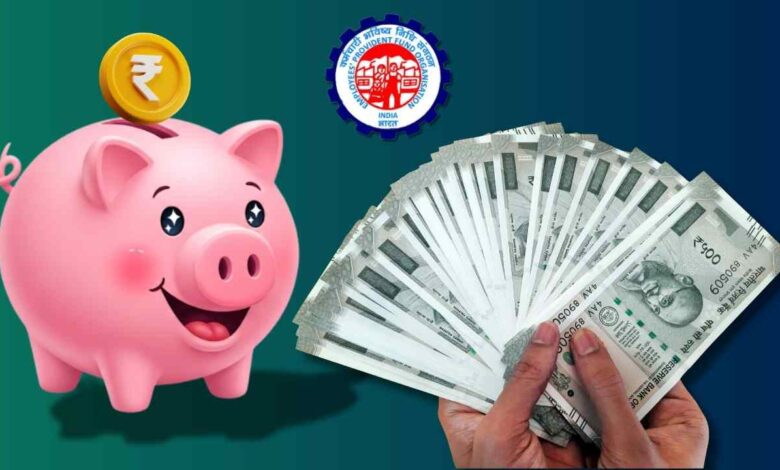EPFO Big Change: You Can Now Only Withdraw 75% of Your PF? New Rules Explained

EPFO Rule Change: The Employees’ Provident Fund Organisation (EPFO) has recently introduced several significant changes to the rules for PF withdrawal, being dubbed ‘EPFO 3.0’. While rules were relaxed during the COVID-19 pandemic, they are now being restructured. These new regulations will directly impact your partial withdrawals, full settlements, and especially housing-related withdrawals. While some rules benefit employees, others have sparked debate. Let’s explore these new changes in detail.
Withdrawal Reasons Now Simpler (Grouped into 3 Categories)
Previously, there were around 13 different reasons for partially withdrawing PF funds, such as marriage, education, medical treatment, home repairs, etc. Under the new rules, all these reasons have been grouped into three main categories:
- Emergency Needs: Medical treatment, marriage, education, natural disasters.
- Housing Needs: Purchasing or constructing a house, or repaying a home loan.
- Special Circumstances: Such as unemployment.
This move is expected to simplify the application process, reduce paperwork, and lead to faster approvals.
Minimum Service Period Reduced
Previously, different withdrawal reasons required different lengths of service (e.g., 5 years for house construction, 7 years for marriage). The new rule standardizes this, setting the minimum service period to 12 months (1 year) in most cases. This will allow even new employees to withdraw funds for emergencies.
Get Instant News Updates!
Join on TelegramThe Biggest Change: 75% Withdrawal Limit (25% Must Remain)
This is the most significant and controversial part of the new update. According to the new rule, employees can now withdraw a maximum of 75% of their total PF balance. This means a minimum of 25% of the funds must remain in the account.
- Example: If you have ₹4 lakh in your PF account, you can withdraw a maximum of ₹3 lakh. The remaining ₹1 lakh will be preserved for your retirement.
- Government’s Rationale: The government argues that PF is a retirement security scheme. This rule ensures that employees are not left with a zero balance upon retiring.
Stricter Rules for Unemployment Withdrawal
A major change has been implemented for withdrawing PF funds after job loss or during unemployment.
- Old Rule: Following the COVID-19 relaxations, one could withdraw 100% of their PF amount after just 2 months of unemployment.
- New Rule: Now, you must be unemployed for a minimum of 12 months (1 year) to be eligible for full withdrawal.
- Pension Fund (EPS): The waiting period to withdraw the pension (EPS) amount remains 36 months (3 years).
This rule has faced criticism, as waiting 12 months after a sudden job loss can be financially difficult for many.
Good News for Home Buyers: Relaxation in Housing Rules
However, there is positive news for employees looking to buy a home.
- Old Rule: 5 years of service was required to withdraw PF for housing purposes.
- New Rule: To purchase a first home, employees can now withdraw funds after only 3 years of service.
- Amount: Employees can withdraw up to 90% of their total corpus (employee + employer share + interest), which can be used for a down payment or EMI payments.
The Touch of Digital India: Faster and Paperless Services
Along with simplifying rules, there is a strong emphasis on digital services:
- Auto-Settlement: Claims up to ₹1 lakh will now be settled automatically through digital verification (Aadhaar, eKYC).
- Faster Processing: Where it used to take 10-15 days to receive funds, the new UPI-based system aims to process it within 3-5 days.
- Paperless: The entire process is being made paperless, complete with tracking facilities and SMS updates.
Conclusion
These new EPFO changes present a mixed bag. On one hand, they offer significant benefits for home buyers and improve service speed through digitalization. On the other hand, the 75% withdrawal cap and the 12-month waiting period for unemployment benefits have raised concerns. The government’s clear goal is to protect long-term retirement savings, but balancing that with employees’ immediate financial needs remains the key challenge.

